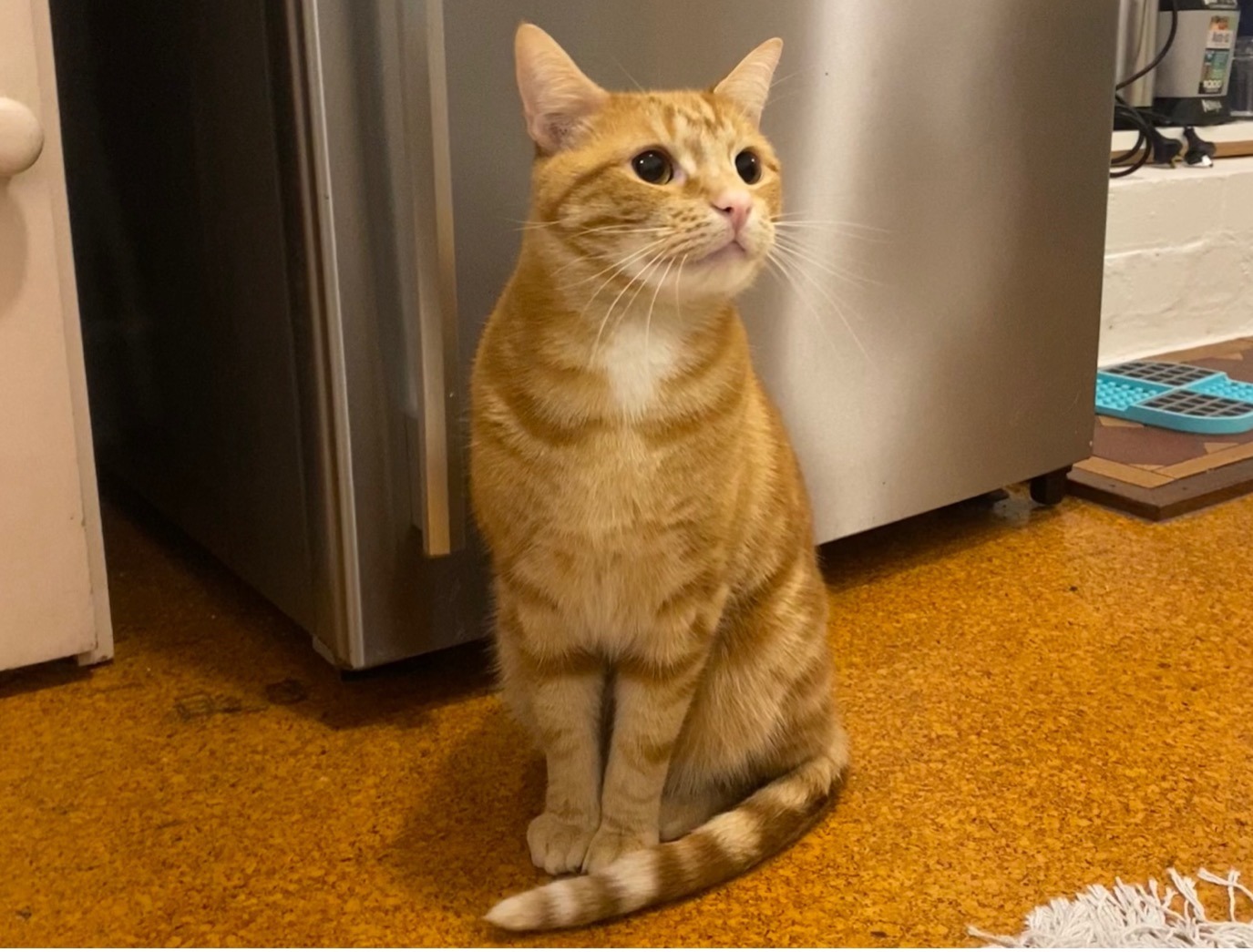
Cats away, native wildlife out to play
Cats owners of Yarra will be required to keep their feline pets inside at night from January 1, 2024 joining many inner-city councils who are tightening cat regulations.
The new curfew will require cats remain on their home properties from 7pm to 7am, forming part of the Domestic Animal Management Plan actions adopted by the council in 2021.
The motion received unanimous support from all councillors at the general council meeting on Tuesday and was heralded as a “significant step” towards wildlife and animal protection.
“A night-time cat curfew is a significant step towards supporting wildlife protection and cat welfare for the future within the municipality”, the Sustainability and Strategy council order said.
This follows recent changes in other Victorian councils including Knox who has a 24-hour curfew and Frankston and Greater Dandenong who have implemented night-time curfews.
It is estimated that of Greater Dandenong’s cat population only 15 percent are owned pets, with the rest thought to be semi-owned or wild cats, a 2022 council report said.
Yarra currently has over three thousand registered cats, a number which does not account for the city’s unregistered, unowned, or wild cats.
While Cr O’Brien said a night-time curfew is a “good start”, she was initially pushing for a 24-hour curfew to protect the “rich biodiverse wildlife corridor” that is Yarra.
During a six-week period of community consultation, the proposal for a night-time curfew received overwhelming support with 75 percent of people in favour and only 16 percent raising preference for full containment.
Many councillors also “didn’t have [an] appetite” for a 24-hour curfew, Cr O’Brien said, so discussions of 24-hour curfew will occur when the Domestic Animal Management Plan comes up for review in 2025.
Animal Justice Party MP Georgie Purcell said that “heavy handed” curfews don’t properly address the issue of roaming cats, and focus should instead be on housing semi-owned cats.
“We need to encourage ownership of these semi-owned cats and we need to promote de-sexing and making it free and accessible and ultimately reduce these populations,” she said in an interview with 3AW earlier this month.
Cr O’Brien said Yarra’s registration process “strongly encourages” residents to have their non-native animals de sexed through receive a reduction in their registration fees.
Cat curfews are in line with the RSPCA’s cat management policies, which encourage responsible cat ownership through containment.
The policy recommends cats remain indoors, in fully contained outdoor enclosures, or in an enclosed yard with cat-proof fencing for their welfare and the protection of native wildlife.
Katarina Radonic, who lives in Richmond with her two cats, said a night-time curfew is a positive step to urge owners to take better care of their pets.
In her work with Pet Rescue Victoria Ms Radonic practices her passion for animal justice and believes “if you care about your cat, you shouldn’t leave your cats out at night”.
But she is against 24-hour containment as she believes “no animal wants to be caged inside”.
“I don’t believe in cats being in the streets, but I realise there are people who have flats, and the cat might go out into the backyard of the flat and get out. I think it’s too much,” Ms Radonic said.
Yarra’s council issued report stated that the curfew is intended to be “mainly self-regulated”, and fines are only likely for “repeat offenders” Cr O’Brien said.
Focus is instead on providing education around bedtime feeding regimes to assist owners in getting their cats comfortable in remaining inside overnight.
Post a comment